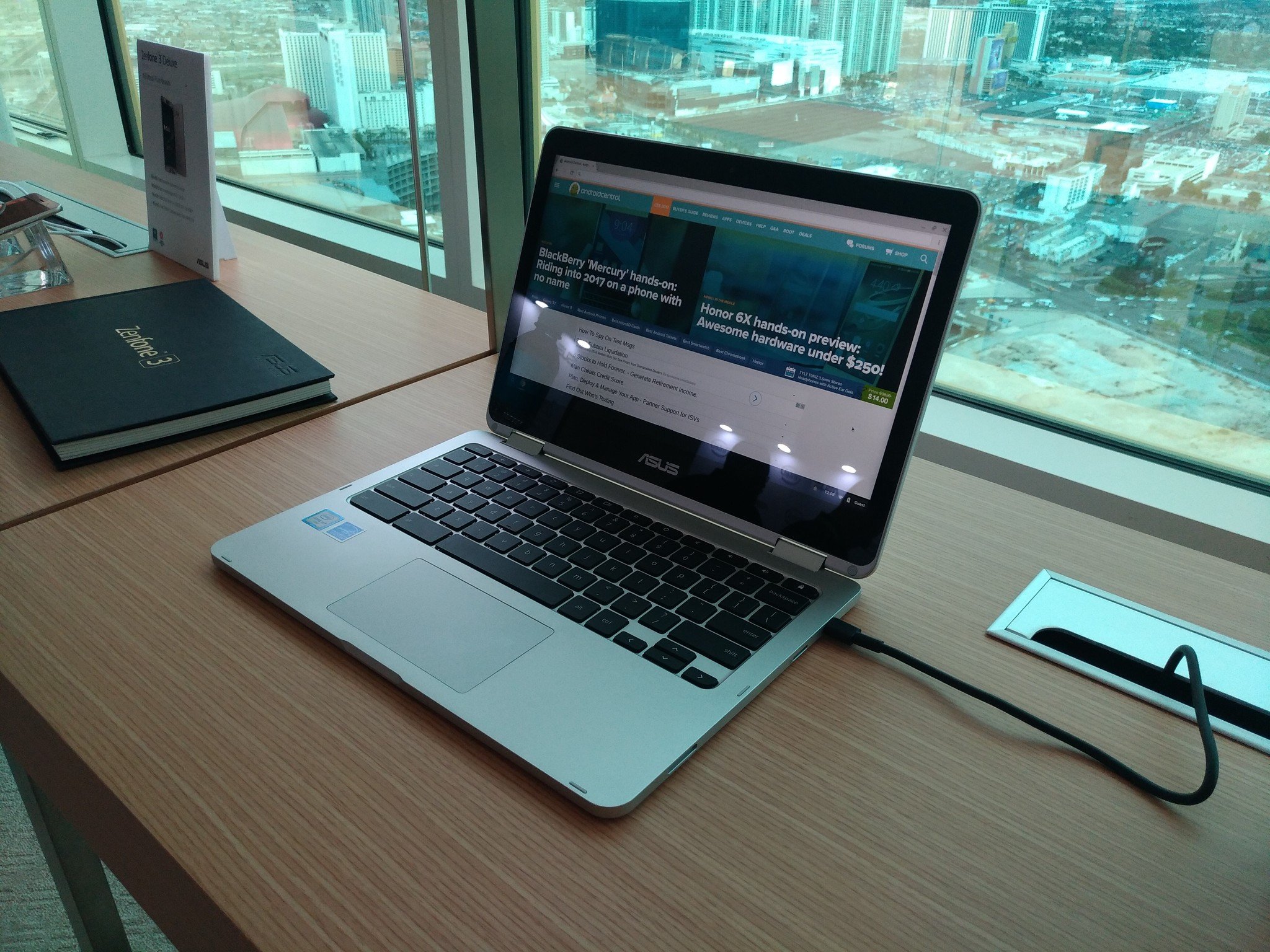Chromebooks are now much easier to use for people with visual impairments

ChromeVox, the default screen reader service on your Chromebook, got a hefty update with the latest version of Chrome OS.
There are almost 300 million people with impaired vision in the world and using the tech we take for granted every day can be a challenge for many. A big part of putting information into them and getting information from them depends on what we can see. Google, Apple, and Microsoft are all making big advancements in assistive tech, and Chromebooks are no exception.
ChromeVox is more than a speech-to-text system. It's built to help navigate both a touchscreen and a keyboard and supports USB braille displays where the text and descriptions of other visual elements can be provided. This paired with a fine-tuned traditional screen reader can bring more information to the visually impaired as well as make it much easier to interact with the software. If you've ever seen a demonstration of this sort of technology you know how impressive it can be, and if you depend on it, you understand the importance as well.
New menus and braille display navigation make thinsg easier to use and "earcons" help give you an understanding how everything is laid out.
Version 56 of Chrome OS brings some great new features to ChromeVox. New menus that include a list of open tabs, various options for ChromeVox and speech settings and a list of the things you can interact with on a page make it easier to learn how to use ChromeVox. Commands to interact and navigate the screen now appear on a connected braille display so you don't have to switch back and forth with the keyboard. This makes for a much more streamlined experience. That's important. A precise and fluid way to work with your Chromebook lets you focus on the content instead of how to get to it.
New "earcons" have been added that describe things like links or buttons on a page, even while it's still loading, can provide some insight about how the screen is laid out and the relationship page elements have with each other. The earcons use stereo audio-positioning to give a user a feel how a page is laid out and where the important elements are located. When you navigate to a page element, the earcon plays through your speakers or headphones to let you know what things are being displayed on an app or web page.
Last but not least, a new ChromeVox Panel makes it easy for a teacher or assistant to work with someone who is visually impaired. The panel is located at the top of the Chromebook's display and shows text and braille captions so someone can follow along with a person using a braille display.
Improvements like this are important. We've all faced the challenge of learning a new interface or how to work with new software. There's no reason that difficulty should be compounded because you're not able to see the screen in the traditional sense. Knowing that Google is always working on improving the way everyone can use their Chromebook is great.
Be an expert in 5 minutes
Get the latest news from Android Central, your trusted companion in the world of Android

Jerry is an amateur woodworker and struggling shade tree mechanic. There's nothing he can't take apart, but many things he can't reassemble. You'll find him writing and speaking his loud opinion on Android Central and occasionally on Threads.
